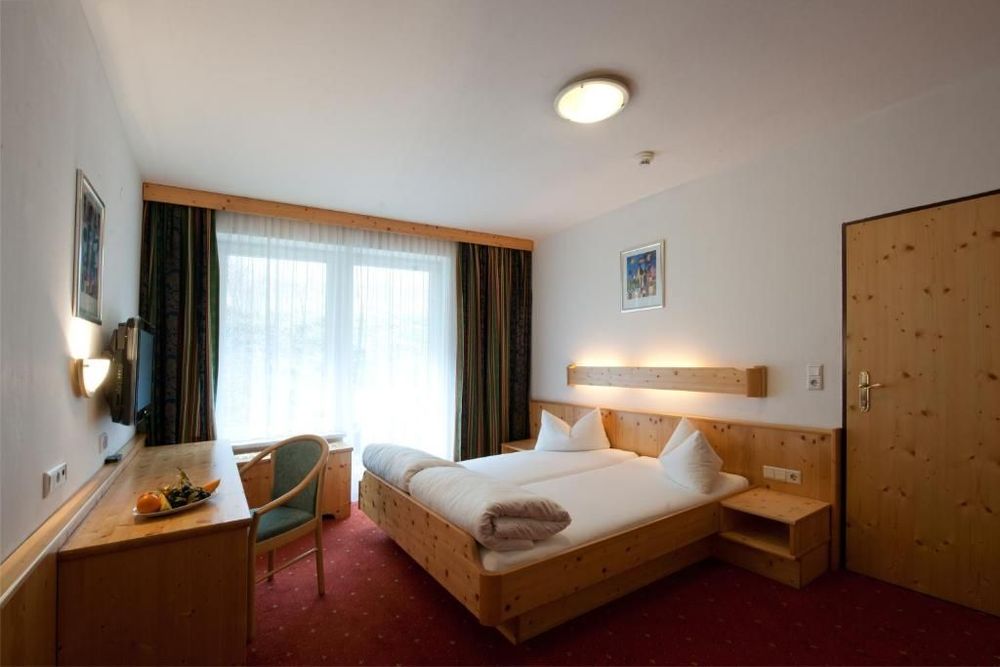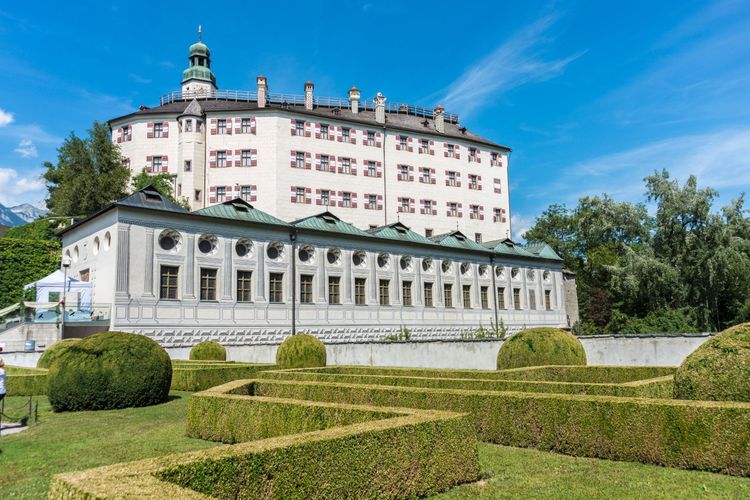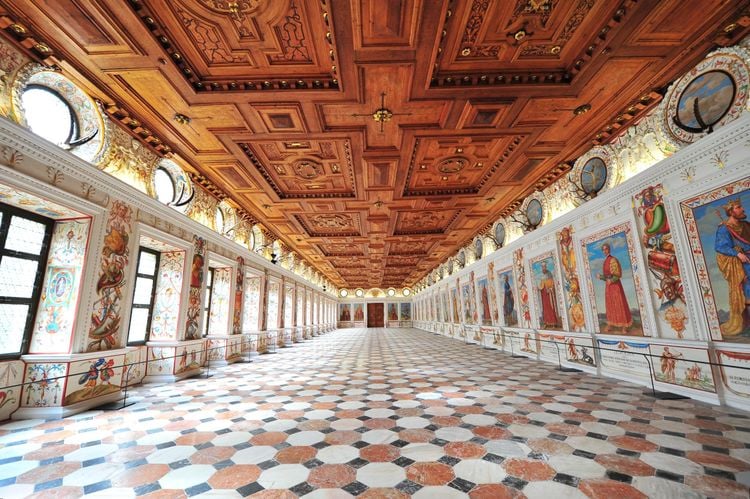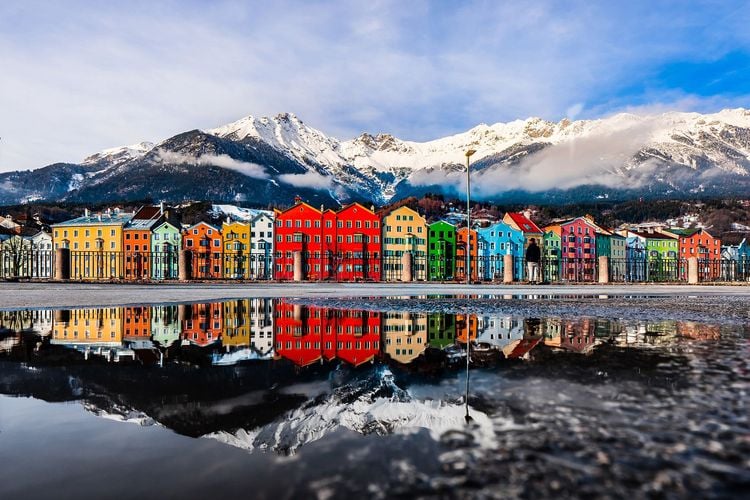Ambras Castle (Schloss Ambras in German) sits high on a schist rock to the south of Innsbruck. Originally an ancient fortress, it was rebuilt following a fire in 1133. The castle reached a turning point in 1363, when a treaty signed between Margarete Maultasch and Rudolf IV of Austria established Habsburg rule over Austria. Ambras then became the property of the imperial family.
Later, in 1564, Ferdinand II of Habsburg radically transformed the building and gave it a new reputation: he decided to build a prestigious Renaissance castle for his wife Philippine Welser. Ferdinand II of Habsburg devoted an entire part of his life to improving the castle, and from 1570 onwards he also housed his collections of weapons and objets d'art there, thus paving the way for the creation of one of the oldest museums in the world. Until his death in 1595, he continued to collect extraordinary objects from all over the world. Today, you can visit this incredible cabinet of curiosities, which has remained virtually intact.
 Innsbruck
Innsbruck








